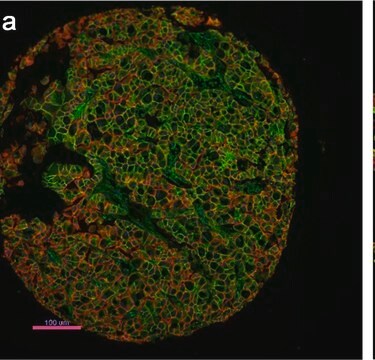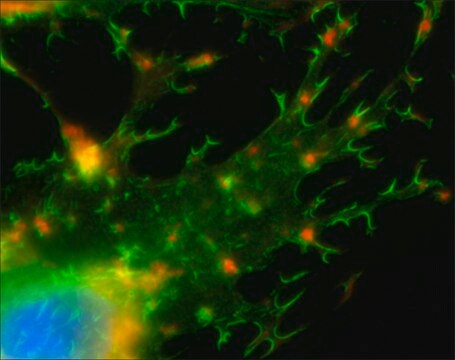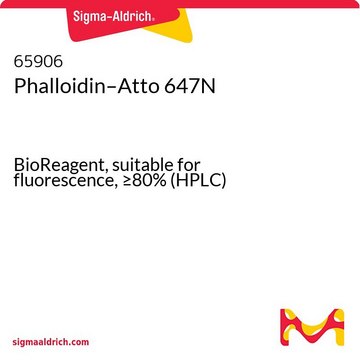C3678
Anti-Pan Cadherin antibody produced in rabbit
whole antiserum
Synonym(s):
Anti-ACOGS, Anti-ARVD14, Anti-CD325, Anti-CDHN, Anti-CDw325, Anti-NCAD
About This Item
Recommended Products
biological source
rabbit
Quality Level
conjugate
unconjugated
antibody form
whole antiserum
antibody product type
primary antibodies
clone
polyclonal
mol wt
antigen 135 kDa
contains
15 mM sodium azide
species reactivity
rabbit, cat, chicken, human
technique(s)
immunohistochemistry (formalin-fixed, paraffin-embedded sections): 1:1,000 using protease-digested animal heart sections
indirect immunofluorescence: 1:100 using cultured MDBK cells
western blot: 1:200
UniProt accession no.
shipped in
dry ice
storage temp.
−20°C
target post-translational modification
unmodified
Gene Information
chicken ... CDH2(414745)
General description
Specificity
Immunogen
Application
Disclaimer
Not finding the right product?
Try our Product Selector Tool.
Storage Class Code
12 - Non Combustible Liquids
WGK
nwg
Flash Point(F)
Not applicable
Flash Point(C)
Not applicable
Choose from one of the most recent versions:
Already Own This Product?
Find documentation for the products that you have recently purchased in the Document Library.
Our team of scientists has experience in all areas of research including Life Science, Material Science, Chemical Synthesis, Chromatography, Analytical and many others.
Contact Technical Service






